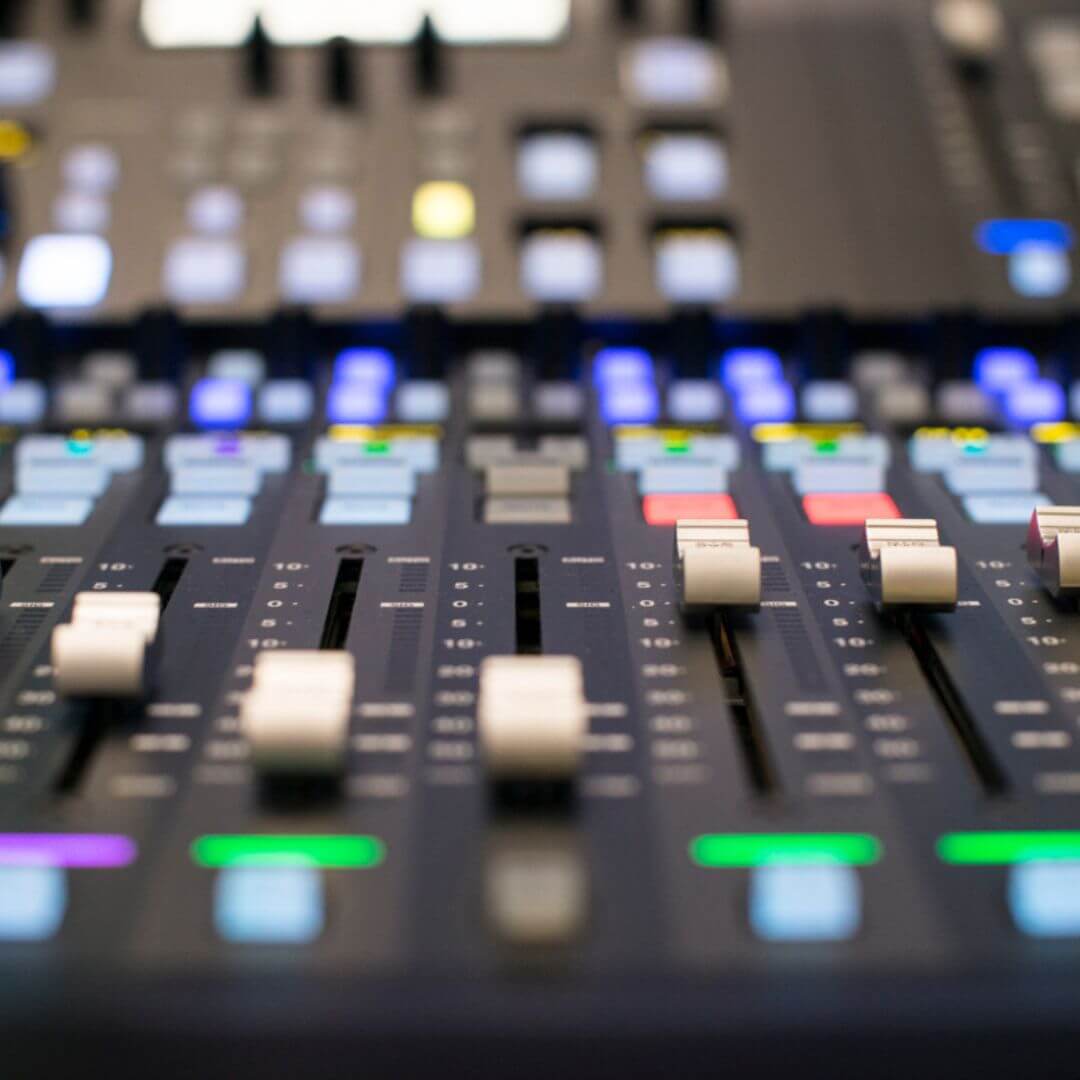
First and foremost, the quality of your vinyl's sound hinges on the mastering process. To achieve an excellent-sounding record, it is crucial to adhere to specific guidelines.
In the following sections, you will find essential information about vinyl mastering, lacquer cutting, and the recommended playback times for both 12-inch and 7-inch records.
Please review the audio requirements and recommendations carefully to ensure a high-fidelity record pressing.
We prefer to work with lossless audio formats such as WAV, AIF, FLAC. It is always advisable to provide the audio material in the highest possible recording quality. We accept a resolution up to 24 Bit/ 192 kHz. You are welcome to send us a DDP image with all necessary information. Other audio formats are only available by request.
In the following sections, you will find essential information about vinyl mastering, lacquer cutting, and the recommended playback times for both 12-inch and 7-inch records.
Please review the audio requirements and recommendations carefully to ensure a high-fidelity record pressing.
The frequency range of a record is usually between 20 Hz and 20 kHz.
Our cutting heads. SX74 (for lacquer cutting) and SX84 (for Direct Metal Mastering (DMM)/copper cutting) can also cut frequencies outside this range, but this will cause playback problems.
Commercially available pickups are usually unable to reproduce frequencies outside this range without distortion. Especially high frequencies with high volume (e.g. HiHats, sibilants) tend to create undesirable distortions and other playback problems. Since the distance to the centre of the record decreases steadily per revolution, the playback quality of higher frequencies decreases constantly from the outer to the inner radius, especially at 33 rpm.
The average volume should not exceed -10 dB RMS (unless absolutely necessary for artistic reasons). At volumes higher than this distortion-free reproduction can no longer be guaranteed with all source material. At a resolution of 24 Bit PCM, an approximate headroom of 48 dB is available before signal noise occurs.
For highly compressed material we recommend also providing an alternative version with less compression.
A stereo cutting head cuts centre/mono information horizontally and all side/ stereo information vertically (side signal of the MS coding). The side signal should be as mono-compatible as possible up to 200 Hz to avoid scanning errors or even jumping of the scanning needle. Most of the audio material does not require strong correction by elliptical filters, so correction on suspicion should be avoided. In case of uncertainty, please consult the cutting engineer. LPs with longer playing times and therefore somewhat lower volume should not exceed a phase/correlation of 90°. For louder maxi cuts exceeding a phase/correlation of 60° is not recommended.
The song subdivision on a record is purely optical! The so-called "spirals" result from a short-term, faster feed of the cutting head and are independent of the music. An optical pause does not necessarily have to contain silence. Unless otherwise desired, we usually insert a pause of approx. 2 sec. between the titles. Please inform us if several titles merge into each other. If one single file per side is sent, we urgently need a PQ sheet with all information (exact song times, pauses (lengths), side assignment, notes, etc.).
The playing time and volume of a record are interdependent. The longer the playing time, the lower the volume. The cut is made with a dynamic feed of the cutting head to the middle of the record. Low-frequency and stereo signals require much more space than high-frequency mono signals. The louder the record, the more limited the available playing time per side. This should always be set in relation to the stereo amount and the structure of the music (for example if there are areas without bass, etc.).
Maximum recommended playing times:
07" at 33 rpm - max. 06:30 min.
07" at 45 rpm - max. 04:30 min.
10" at 33 rpm - max. 15:00 min.
10" at 45 rpm - max. 07:00 min.
12" at 33 rpm - max. 24:00 min.
12" at 45 rpm - max. 11:00 min.
Possible volumes for 12" vinyl:
maximum level approx. +6 dB at 07:00 min. and 45 rpm
maximum level approx. +6 dB at 09:00 min. and 33 rpm
volume approx. +4 dB at 09:00 min. and 45 rpm
volume approx. +4 dB at 11:00 min. and 33 rpm
We always assume that the delivered data are already mastered files. So, we don't change the dynamics of the data with compressors or limiters. The goal is to transfer the sound one-toone to the record. The data is corrected (if necessary) so that the sampled record reflects the delivered sound as accurately as possible. Adjustments are e.g. phase corrections in the bass range or de-easing at high frequencies.
Optionally, we offer the possibility to create masters from the audio material supplied. In a hybrid studio environment, high-quality digital and analogue equipment is used. This data is made available to the customer for approval before the vinyl cut takes place.
Polvinyl sp. z o.o.
Tadeusza Kościuszki 43 / 10
40-048 Katowice
NIP 6343007921
KRS 0000959666
Tel: +48.574 673 826
Mail: office@polvinyl.com
© Copyright POLVINYL SP. Z O.O. 2024.
Polvinyl sp. z o.o.
Tadeusza Kościuszki 43 / 10
40-048 Katowice
NIP 6343007921
KRS 0000959666
Tel: +48.574 673 826
Mail: office@polvinyl.com
Privacy Policy
© Copyright POLVINYL SP. Z O.O. 2024.
Polvinyl sp. z o.o.
Tadeusza Kościuszki 43 / 10
40-048 Katowice
NIP 6343007921
KRS 0000959666
Tel: +48.574 673 826
Mail: office@polvinyl.com
© Copyright POLVINYL SP. Z O.O. 2024.